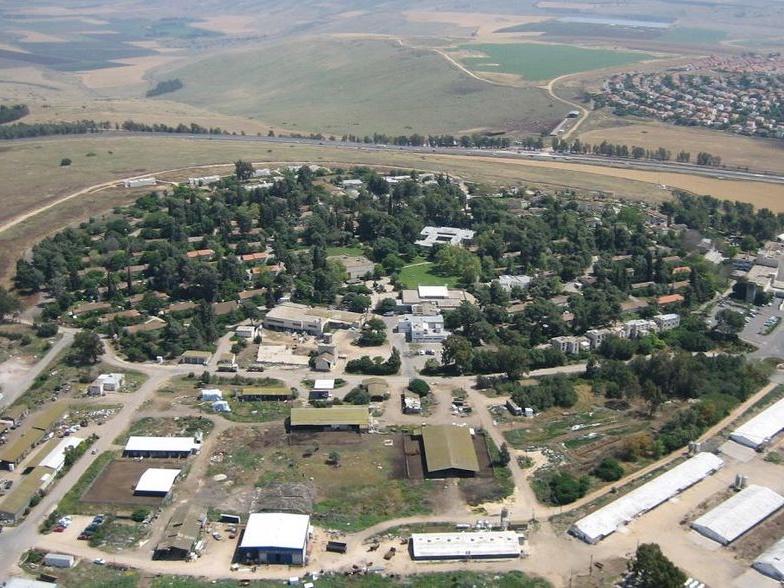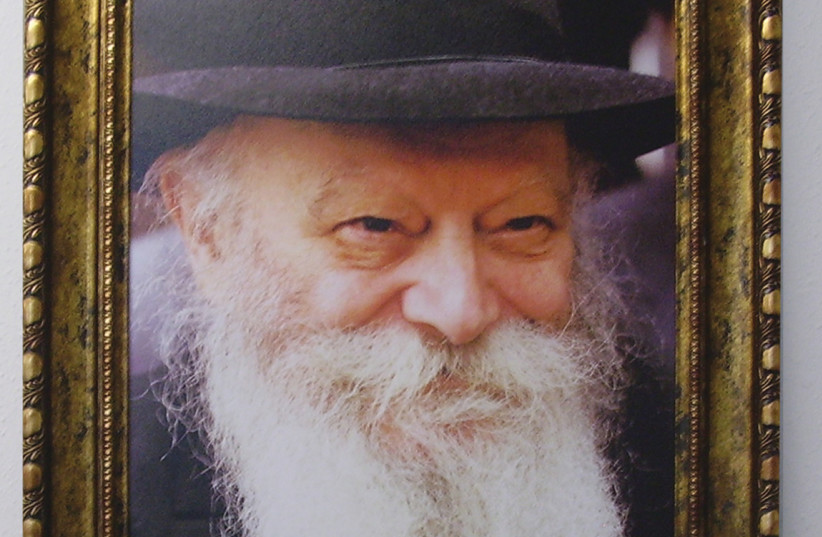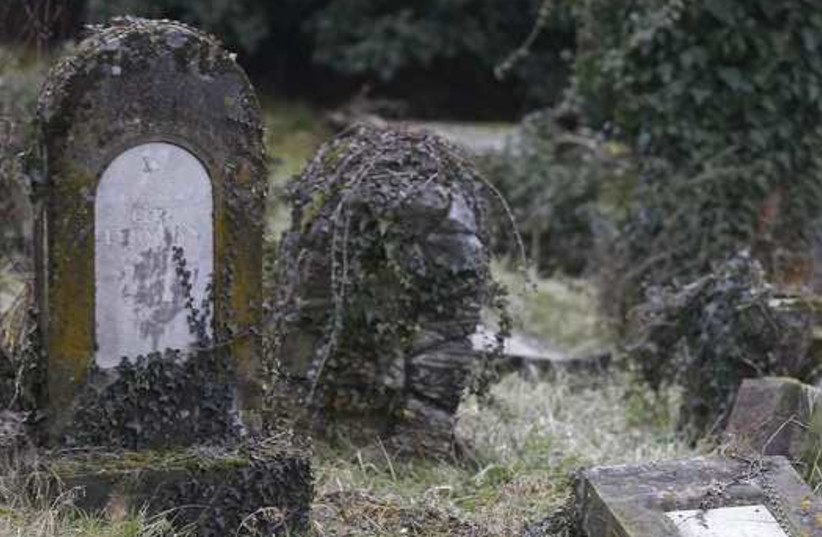 Kibuc Lawi, 2010
Kibuc Lawi, 2010
 Kibuc na szlaku Jezusa
Kibuc na szlaku Jezusa
Bartosz Bartosik
Sheila oddała kibucowi całą siebie. W zamian dostała szczęśliwe życie, wspaniałego męża, dzieci, wnuki i prawnuki. Dziś, w przeddzień 90. urodzin Sheili, kibuc Lawi dba o nią lepiej niż jakikolwiek ośrodek opieki.
W swoje pięćdziesiąte urodziny Sheila Kritzler zupełnie się rozkleiła. To nie były łzy szczęścia – doszło do niej, że w porównaniu do swoich szkolnych koleżanek, które zrobiły karierę akademicką, nie ma się czym w życiu chwalić. – Może koleżanki mają profesury, ale przecież Ty pomogłaś zbudować państwo Izraela – wypalił przyjaciel z kibucu. Czterdzieści lat później Sheila mówi, że jest dumna ze swoich życiowych wyborów.
Twórcy kibucu Lawi w Galilei Południowej w większości pochodzili z Niemiec. Wyjechali z kraju opanowanego nazistowskim szaleństwem dzięki tzw. Kindertransport, czyli brytyjskiej akcji ratowania żydowskich dzieci, rozpoczętej po nocy kryształowej. W latach 1938-1940 blisko dziesięć tysięcy dzieci wyjechało do brytyjskich rodzin i domów opieki. Wiele z nich dostało się również pod skrzydła organizacji syjonistycznych, prowadzących szkolenia rolnicze z myślą o zasiedlaniu ówczesnej Palestyny. Po utworzeniu Izraela poprosili władze o wyznaczenie niezamieszkanego kawałka ziemi pod utworzenie kibucu. Trafili nad Jezioro Galilejskie, kilka kilometrów od Tyberiady. Ziemia w istocie była niezamieszkana – przed wojną żydowsko-palestyńską w 1948 r. w pobliżu znajdowała się muzułmańska wioska Lubja, wysiedlona i zniszczona przez siły izraelskie po wojnie.
Ruch spółdzielczych gospodarstw rolnych stał się jednym z filarów, a następnie symboli, odradzającego się państwa żydowskiego. Od początku dwudziestego wieku młodzi Żydzi z Europy – niesieni ideałami syjonistycznymi i socjalistycznymi – zaczęli osiedlać się na należącym do Imperium Osmańskiego terytorium Palestyny. Założenie kibucu wymagało, dosłownie, pracy od podstaw. Przygotowanie terenu pod budowę wiązało się – jak w Lawi – z oczyszczeniem terenu z głazów i kamieni, doprowadzeniem bieżącej wody czy przygotowaniem ziemi pod uprawę. Mieszkańcy wspólnie pracowali i dzielili się owocami swojej pracy, wierzyli w demokrację i socjalizm, chcieli równości i spółdzielczości, pragnęli być ludźmi czynu.
Lawi to dziś wielkie przedsiębiorstwo: fabryka mebli synagogalnych, gospodarstwo rolne oraz czterogwiazdkowy hotel, przestrzegający wszelkich zasad koszerności. Przyciąga jednak nie tylko Żydów
Lawi jest kibucem wyjątkowym, bo religijnym. Syjonizm od początku stawiał się w kontrze do judaizmu. Wielcy syjoniści – opromienieni oświeceniową antropologią – uważali, że religia jest reliktem przeszłości i jej rola będzie maleć wraz z postępem społecznym. Religijni Żydzi nie pozostawali – i nie pozostają także dzisiaj – dłużni. Wielu z nich potępiało syjonizm, niektórzy aż do dzisiaj uznają świecki, zbudowany ręką ludzką Izrael za obrazę majestatu Boga. Prawdziwy Izrael zostanie odbudowany przez mesjasza, a zadaniem pobożnego Żyda jest się o to modlić – mówią.
To między innymi dlatego w ruchu kibucowym gospodarstwa religijne to zdecydowana mniejszość (dziś stanowią ok. 10 proc. wszystkich kibuców). Sheila trafiła do Lawi po ukończeniu chemii na Uniwersytecie Londyńskim. Wspomina ciężką pracę przy porządkowaniu terenu, zanieczyszczoną wodę z cysterny oraz cytrusy, które dziko rosły w pobliżu. Dla dziewczyny z londyńskiej wyższej klasy średniej takie warunki życia mogły być rzeczywiście szokujące. Do dziś angielski jest językiem bliższym jej duszy niż hebrajski, zdradzają ją zresztą akcent i poczucie humoru.
Sheila chętnie opowiada: – Naszym marzeniem było trafić do ziemi Izraela. Do tej ziemi, po której chodzili królowie Dawid i Salomon. Śniliśmy o tym i modliliśmy się o to, każdy religijny Żyd prosił Boga, by go doprowadził na Syjon. To było tematem tak ważnym, a jednocześnie tak odległym, że jako młoda dziewczyna miałam w głowie tylko wizję niebiańskiej Jerozolimy. Nie sądziłam, że kiedykolwiek fizycznie stanę w jej bramach.
Mówi, że oddawała kibucowi całą siebie i swój czas, a w zamian dostała szczęśliwe życie, wspaniałego męża, dzieci, wnuki i prawnuki. Dziś, w przeddzień 90. urodzin Sheili, kibuc dba o nią lepiej niż jakikolwiek ośrodek opieki. W tym codziennym życiu najpiękniejszy jest dla niej szabat – gdy mieszkańcy zakładają najlepsze stroje i idą na modlitwy do synagogi. I tak od siedemdziesięciu lat.
Lawi to dziś wielkie przedsiębiorstwo: fabryka mebli synagogalnych, gospodarstwo rolne oraz czterogwiazdkowy hotel, przestrzegający wszelkich zasad koszerności. Przyciąga jednak nie tylko Żydów – leży bowiem niemal w połowie drogi między Kafarnaum a Nazaretem, na trasie tzw. szlaku Jezusa. Sheila ze wzruszeniem opowiada o „niezwykle dzielnym” i „wspaniałym” człowieku, jakim był Jan Paweł II. Nie podoba jej się, że Izrael i kraje arabskie wciąż nie potrafią osiągnąć pokoju. Rozpacza nad tym, że ona – i zachodnie społeczeństwa – mają za dużo do jedzenia, gdy w Jemenie panuje straszliwy głód.
Sheila jest przerażona, że ludzkość nie wyciągnęła nauki z Holokaustu i przypatrywała się ludobójstwom na Bałkanach, Rwandzie, a dziś biernie akceptuje dramat Syryjczyków.
 Bartosz Bartosik – Ur. 1989. Ukończył slawistykę na Uniwersytecie Warszawskim. Studiował również na Uniwersytecie Karola w Pradze. Jest członkiem redakcji „Więzi” i sekretarzem think tanku Laboratorium „Więzi”. Uczestniczy w pracach Zespołu Komitetu Dialogu Społecznego przy Krajowej Izbie Gospodarczej. Autor wywiadu rzeki z Adamem Bodnarem „Obywatel PL” (www.obywatelpl.pl).
Bartosz Bartosik – Ur. 1989. Ukończył slawistykę na Uniwersytecie Warszawskim. Studiował również na Uniwersytecie Karola w Pradze. Jest członkiem redakcji „Więzi” i sekretarzem think tanku Laboratorium „Więzi”. Uczestniczy w pracach Zespołu Komitetu Dialogu Społecznego przy Krajowej Izbie Gospodarczej. Autor wywiadu rzeki z Adamem Bodnarem „Obywatel PL” (www.obywatelpl.pl).
Zawartość publikowanych artykułów i materiałów nie reprezentuje poglądów ani opinii Reunion’68,
ani też webmastera Blogu Reunion’68, chyba ze jest to wyraźnie zaznaczone.
Twoje uwagi, linki, własne artykuły lub wiadomości prześlij na adres:
webmaster@reunion68.com



